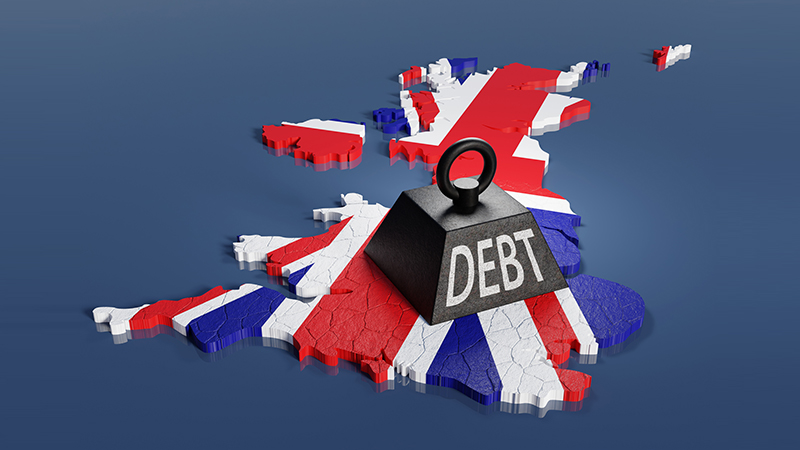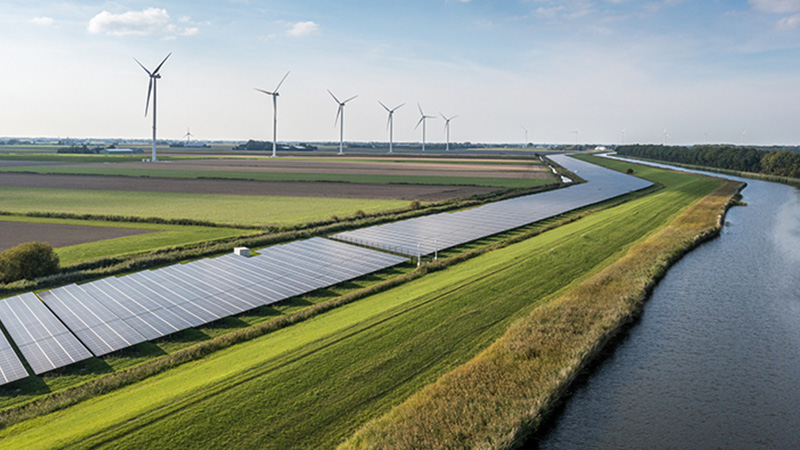Recession fears and the ongoing trade war have driven interest in gold sky-high but investors are split on how best to ride the rally.
In August, investors piled $5bn into gold-backed exchange traded funds, according to Bloomberg data, and in the onshore mutual fund world gold topped the performance tables for the third consecutive month, FE data reveals.
The top five UK-domiciled fund performers in August were all gold funds with the MFM Junior Gold fund delivering 11.94%, Charteris Gold and Precious Metals 11.42% and Blackrock Gold and General 10.12%, Investec Global Gold 10.06% and Smith & Williamson Global Gold and Resources 9.96%.

Shore Financial Planning director Ben Yearsley, who compiled the table above, says: “After a number of years when gold had been dismissed, and crypto currencies had seemingly become the de facto alternative to mainstream currencies, 2019 has shown you can’t write off the allure of the shiniest metal. Is it a surprise that US real rates have started to fall in 2019 and gold has risen? Many see this as the driver of the gold price and not supply and demand.”
The gold price has climbed 19% year to date and hit a six-year high on Tuesday. Wisdom Tree research director Nitesh Shah notes also the net long/short position in the futures market has never been so high, not even following the Brexit referendum, in sharp contrast to October last year when the position was rock bottom.
Added to that, central banks, particularly those in the emerging markets, have increased their buying of gold to diversify away from dollar holdings as the trade war continues to rumble on, says Shah.
‘Abnormal times call for abnormal decisions’
But Rathbones head of multi-asset David Coombs says he started adding to the gold position in Q4 2017 for the first time in six years. He says before then gold never had much allure as it doesn’t generate income, but “this abnormal time calls for abnormal decisions”.
“With negative interest rates on various 10-year bonds, you’re actually paying the German, French or Swiss government to lend them money,” he says. “By selling these negative yielding bonds to buy gold, you are sort of increasing your income: the opportunity cost of gold has fallen to its lowest level in decades.”
The movement of interest rates has also driven Coombs’ change in mindset. Over the long term, the price of the shiny metal usually moves in the opposite direction to US interest rates, and with the Fed set on a rate-cutting path, it looks attractive, he says.
“When dark economic clouds are poised to open and already low rates are cut further, investors look to gold for shelter. And that’s what’s happening now. The Fed is creating a supportive environment for gold and we’re buying it.”
Correlations in the gold rally
To illustrate this, Psigma Investment Management head of investment strategy Rory McPherson points to the correlation between the value of bonds with a negative yield (white line in chart) and the increase in the price of gold (yellow line).
Gold price versus negatively yielding bonds

The two started to ramp up in tandem around May when there was an escalation in trade tensions and the Federal Reserve said it was going to start cutting interest rates. This, he says, has pushed bonds into negatively yielding territory which makes the opportunity cost of holding gold much less.
“Gold is kind of way of sticking your money under the bed,” he adds. “Putting it in something that doesn’t yield anything but does have some sort of tangible value over time makes sense, when the alternative is putting it in something that you actually have to pay to own.”
Miners versus ETFs
Last October, Psigma was bullish on gold miners because there was record short interest in gold and there had been some M&A activity among mining firms. While Psigma still likes gold miners, McPherson says it has taken profits recently because miners are up about 85% since then and about 50% since the start of May alone.
As well as having performed well, owning the equities of mining companies frees up capital for other assets, McPherson argues.
“We think that the miners are going to have somewhere between two and three times the juice of the physical and you’ve seen that this year – the physical was up about 20% for the year to date and the miners are up about 55%. So, we can own a third of the weighting and have the same effect.
“But then the corollary of that is, if you get it wrong in miners, you get hit much harder.”
Other wealth managers, such as Coombs, prefer to access physical gold through ETFs. The Rathbone Strategic Growth Portfolio currently has a 3.03% exposure to the precious metal through the iShares Physical Gold ETC.
Coombs says from a strategic point of view, gold is a good hedge against disinflation which is a valuable benefit these days considering he believes we’re heading into 10 years of disinflationary headwinds.
He adds: “Everyone says that gold is a hedge against inflation, which it absolutely is not. It’s actually a hedge against capital destruction, which stagflation and the others do in any event.
“So, having spent years arguing the case for every other asset, these abnormal times have lead us in an abnormal direction and we’re now buying gold as a good store of value. Ramping up tensions in Iran gave us the final affirmation we needed as the metal is also a useful hedge in times of geopolitical strife.”
Avoiding equity market beta
Shah says accessing gold through an ETC gives investors pure exposure to gold, whereas going through an equity market means exposure to the operational risk of those equities.
He says: “Equities, regardless of what asset classes they’re operating in, have some equity market beta, so when equity markets are falling gold miners could actually come under pressure as well.”
Questions might now be asked on whether the rally can continue. “If these trade wars linger and escalate and we have disruptive Brexit discussions over the next few weeks, and all the other underlying, ongoing political issues in Europe, I think gold futures could remain high for a protracted period of time,” says Shah.
“If you model that out you could end up with the gold price around $1,800. So, there’s considerably more upside right now.”










